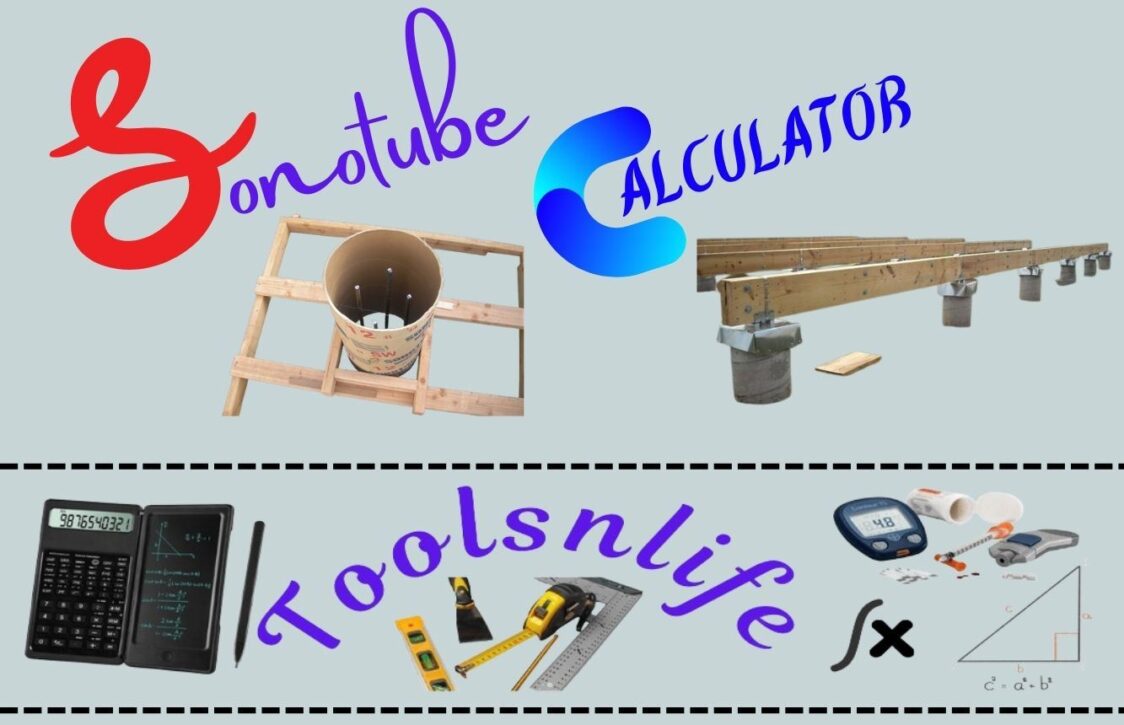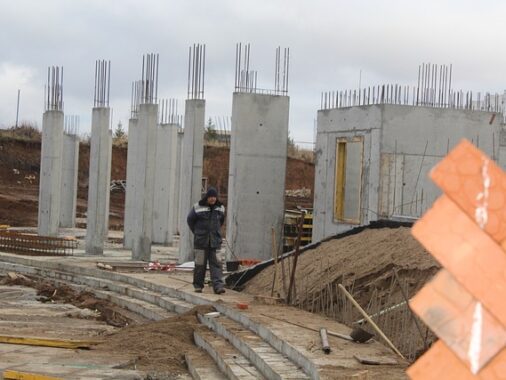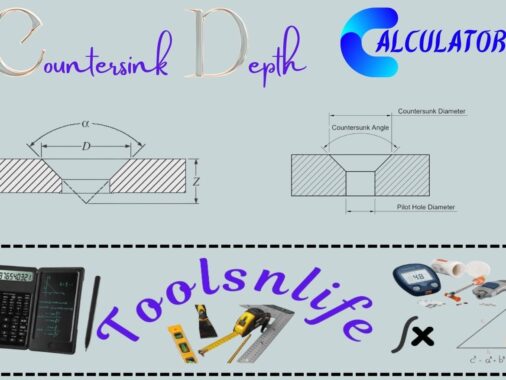Sonotube Calculator: Determine Concrete Needs for Round Footings
Our Sonotube calculator helps contractors and DIY enthusiasts accurately estimate the concrete required for cylindrical form projects. Whether you’re setting deck footings, fence posts, or structural columns, this tool eliminates guesswork and prevents material waste.
What Are Sonotubes and When to Use Them
Sonotubes® are cardboard concrete forms designed to create perfectly round footings and columns. These versatile forms are essential for:
- Deck and porch footings
- Fence and mailbox posts
- Light pole and sign foundations
- Structural columns and piers
- Support beams for temporary structures
Using Sonotubes provides several advantages over traditional forming methods, including consistent diameter, easy installation, and clean removal after concrete curing.
How to Use Our Sonotube Calculator
Follow these simple steps to calculate your concrete requirements:
- Select your Sonotube® diameter from the dropdown menu
- Enter the height/length of your tube
- Specify the number of tubes needed
- Choose your preferred measurement units
- Select your concrete preparation method
- Input material costs (optional)
The calculator will automatically determine the volume of concrete needed and provide material estimates based on your inputs.
Pro Tips for Sonotube Installation
After 15 years in construction, I’ve learned these best practices for working with Sonotubes:
- Dig proper footings: Always extend below the frost line to prevent heaving
- Use a level: Ensure your tubes are perfectly vertical before pouring
- Reinforce properly: Add rebar for structural columns (typically 4 pieces spaced evenly)
- Consider tube protection: In wet conditions, wrap tubes with polyethylene to prevent swelling
- Order extra concrete: Add 10-15% to your calculated volume for spillage and settling
Frequently Asked Questions
How deep should Sonotube footings be?
Footing depth depends on your local frost line and building codes. Generally, footings should extend at least 12 inches below the frost line. In colder regions, this might mean 36-48 inches deep. Always check with your local building department for specific requirements.
Can Sonotubes be used above ground?
Yes, Sonotubes can extend above ground level to create exposed columns. For these applications, consider using a smooth finish product or planning for a decorative exterior treatment since the cardboard pattern may transfer to the concrete surface.
How long should concrete cure before removing Sonotubes?
Wait at least 24-48 hours before removing forms in warm weather. In cooler conditions (below 50°F), allow 48-72 hours for proper curing. The concrete should be firm enough to maintain its shape when the forms are removed.
Why Trust Our Sonotube Calculator?
Our calculator was developed by licensed civil engineers with over 20 years of field experience. We’ve considered real-world factors like material waste, compaction rates, and common installation challenges that basic calculators overlook. The algorithm follows ASTM and ACI standards for concrete calculation precision.
We regularly update our tool based on user feedback and changing material standards to ensure you get the most accurate estimates for your projects.
Ready to Start Your Project?
Now that you’ve calculated your concrete needs, you’re ready to build with confidence! Remember to always check local building codes and permit requirements before starting your project. For large or structural projects, consult with a qualified engineer to ensure your footings meet all safety standards.
Save time and money by using our calculator to precisely order materials—no more wasted concrete or last-minute trips to the supply store. Bookmark this page for your next project, and share it with fellow builders who could benefit from accurate concrete calculations!
Sonotube Shape
Common Sonotube Sizes and Applications
| Diameter | Typical Applications |
|---|---|
| 6″ – 8″ | Deck footings, fence posts, light poles |
| 10″ – 12″ | Small deck supports, mailboxes, signage |
| 14″ – 18″ | Residential structural columns, larger decks |
| 20″ – 24″ | Commercial applications, porch columns |
| 30″ and larger | Heavy structural supports, bridge piers |
Concrete Mix Recommendations
- Standard footings: 3,000-3,500 psi mix
- Structural columns: 4,000-5,000 psi mix
- Freeze-thaw areas: Air-entrained concrete
- Wet conditions: sulfate-resistant cement






